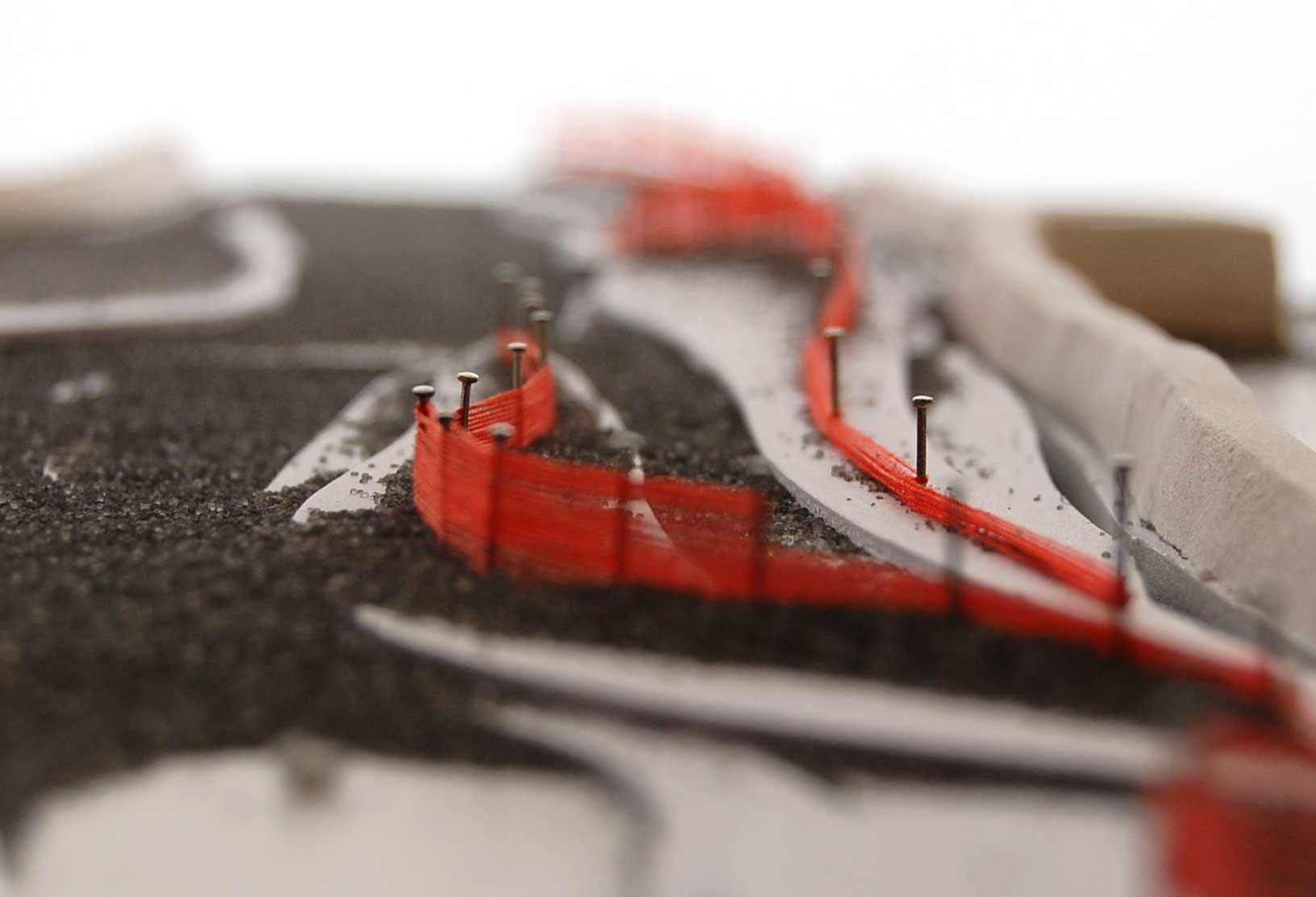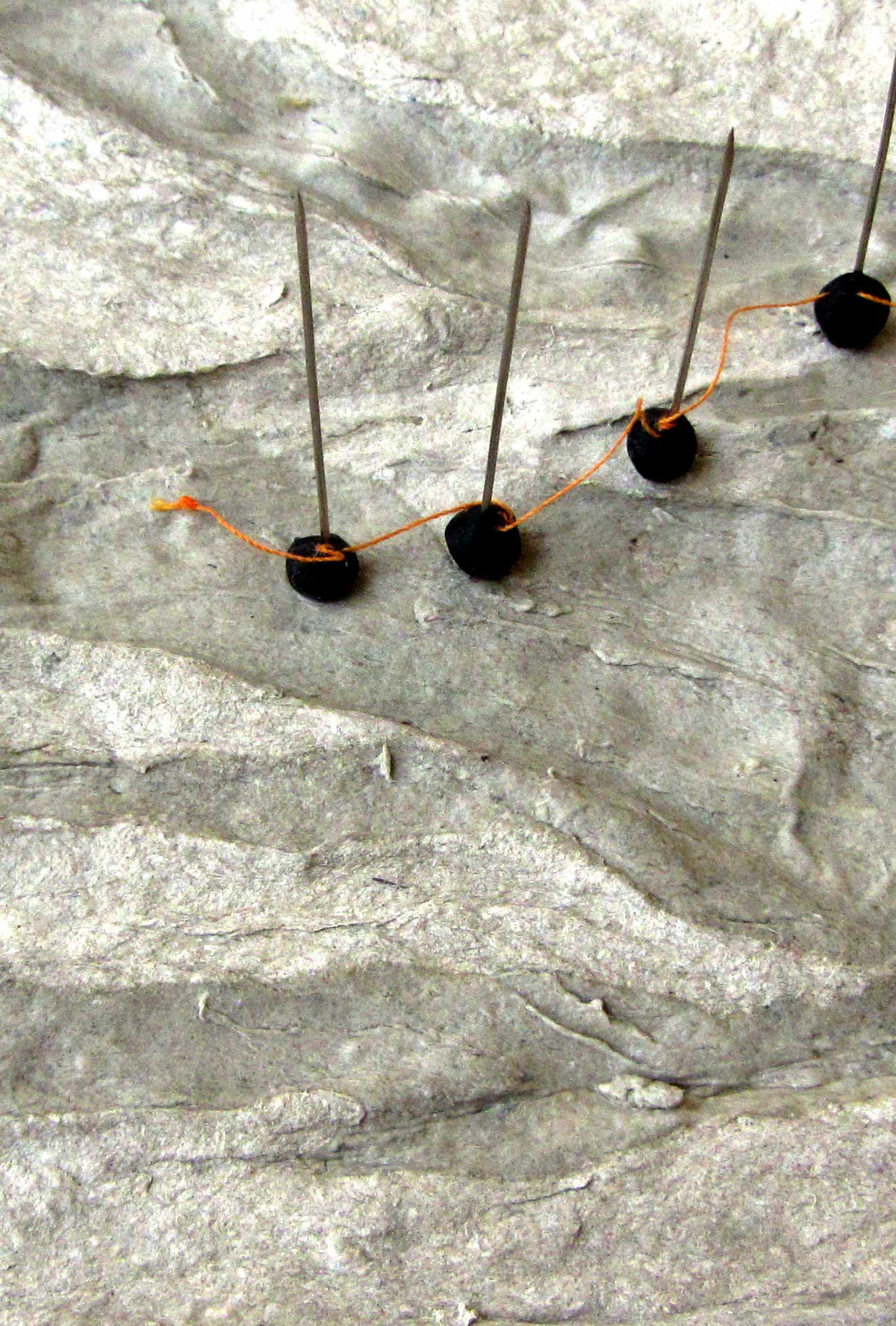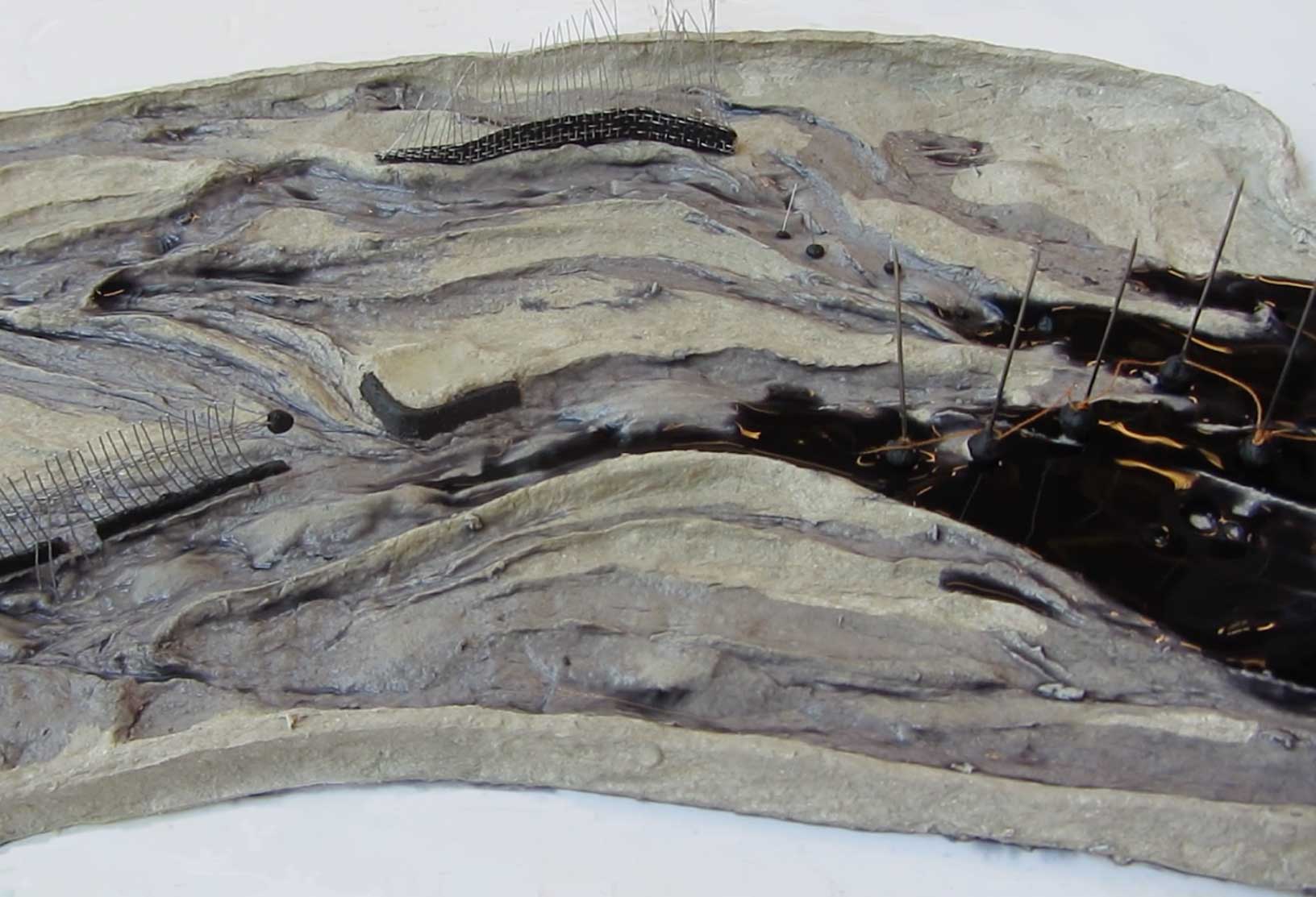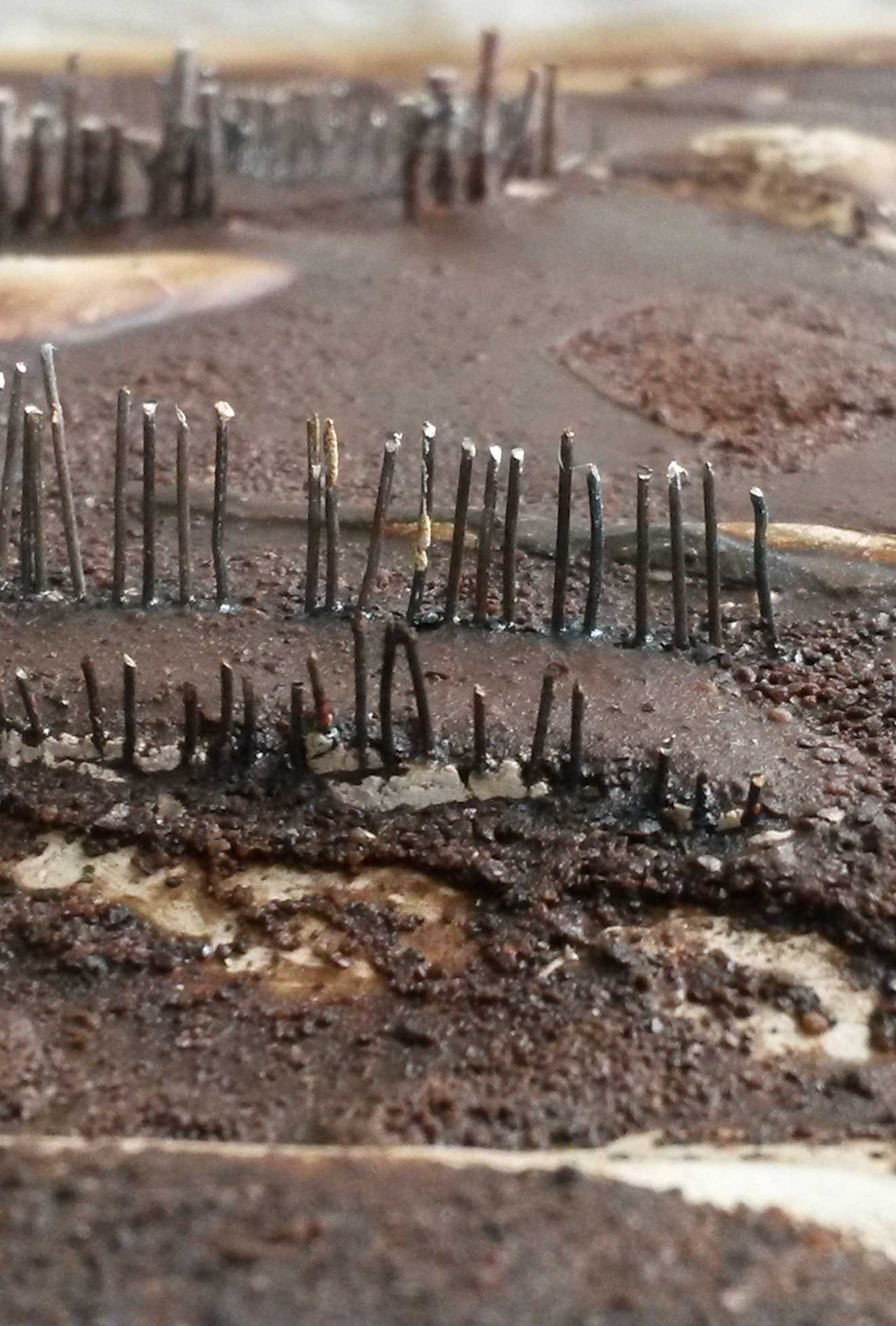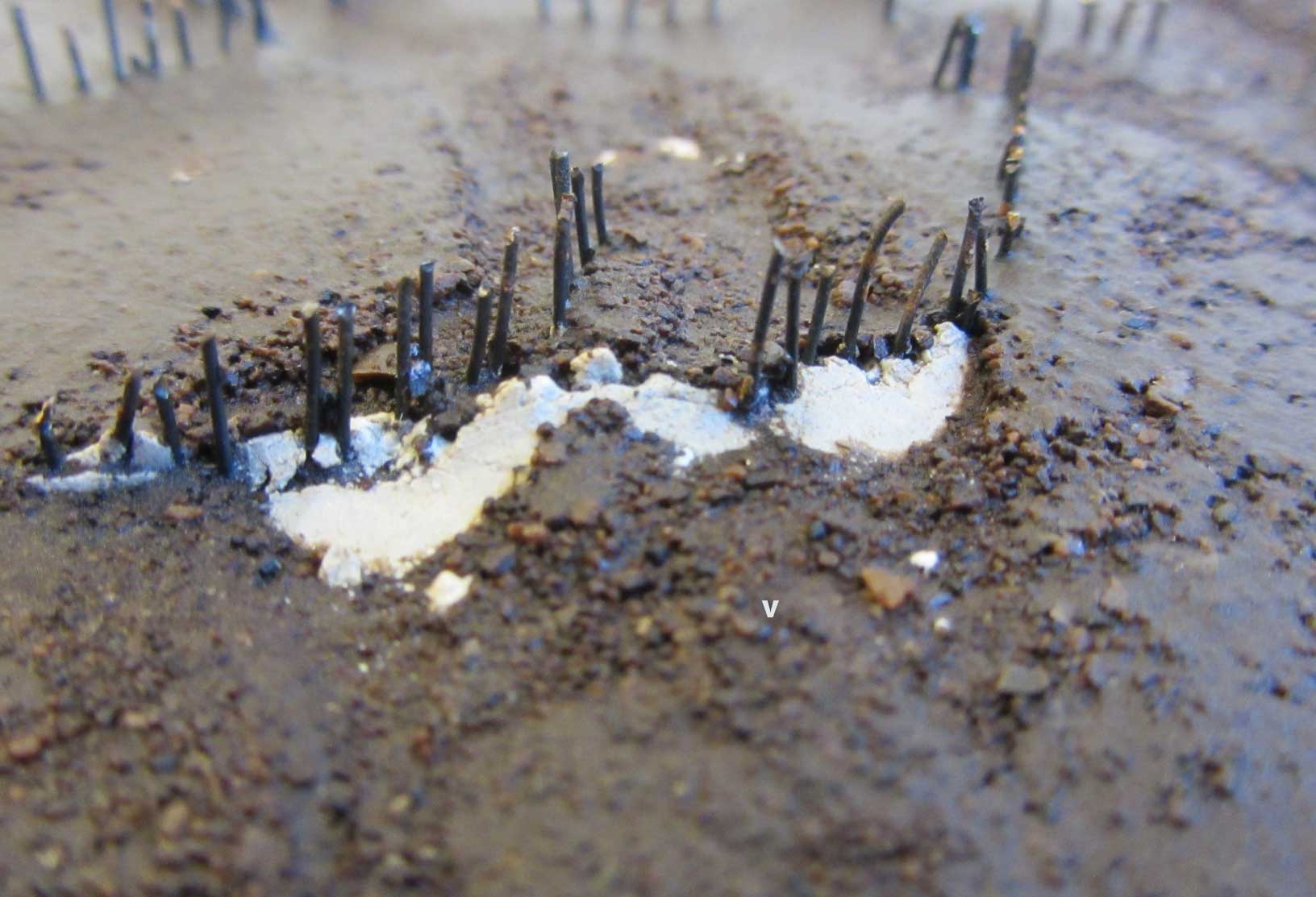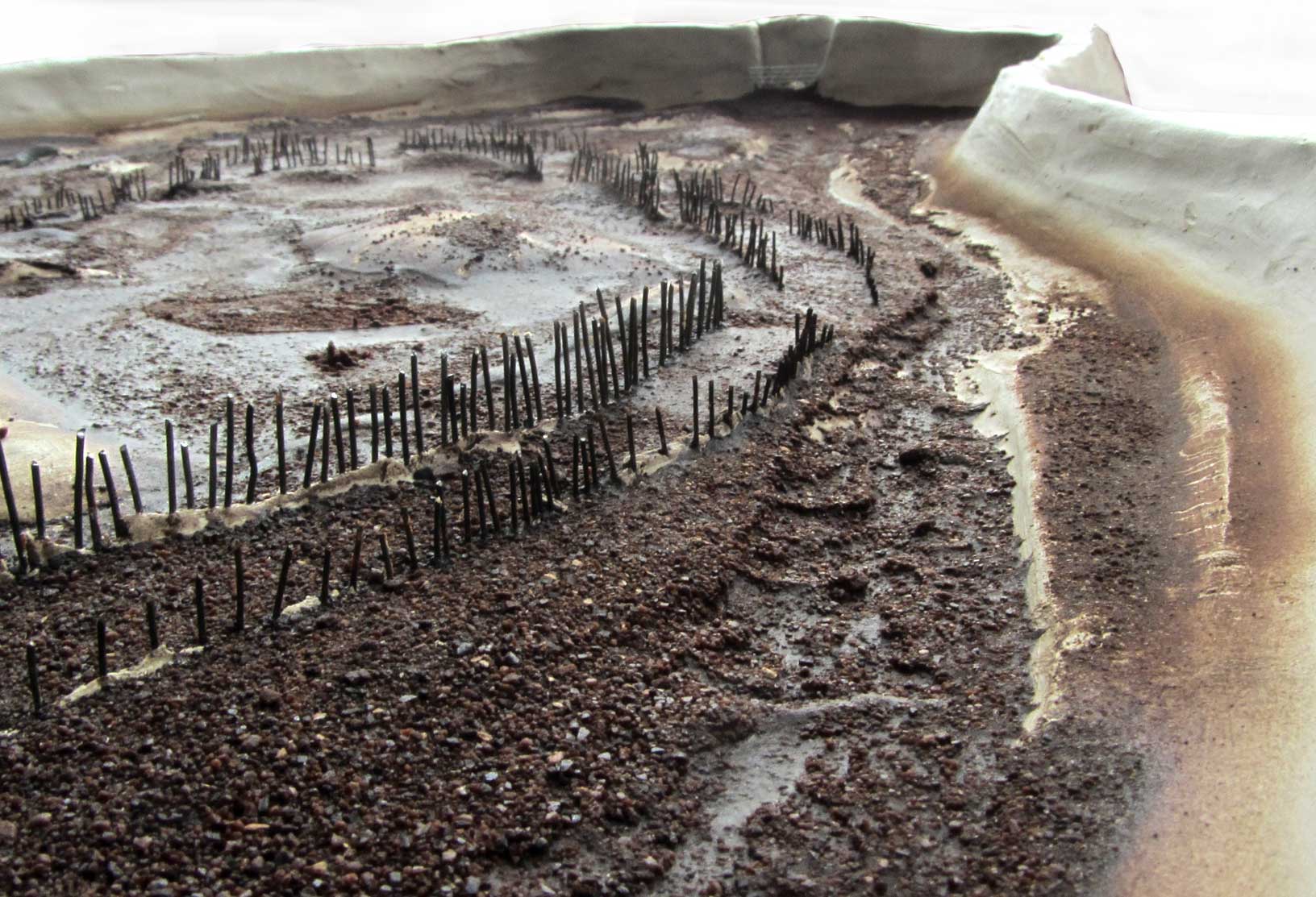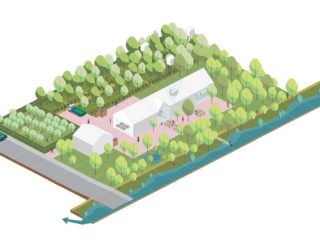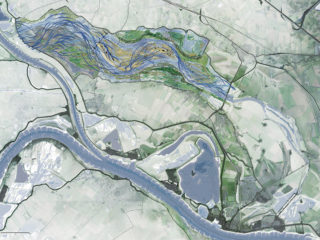Flow experiments
These tests are the starting point of the research. They provided insight in which factors influence landscape formation and -in addition to literature research- helped to understand how site specific interventions can accelerate natural forces.
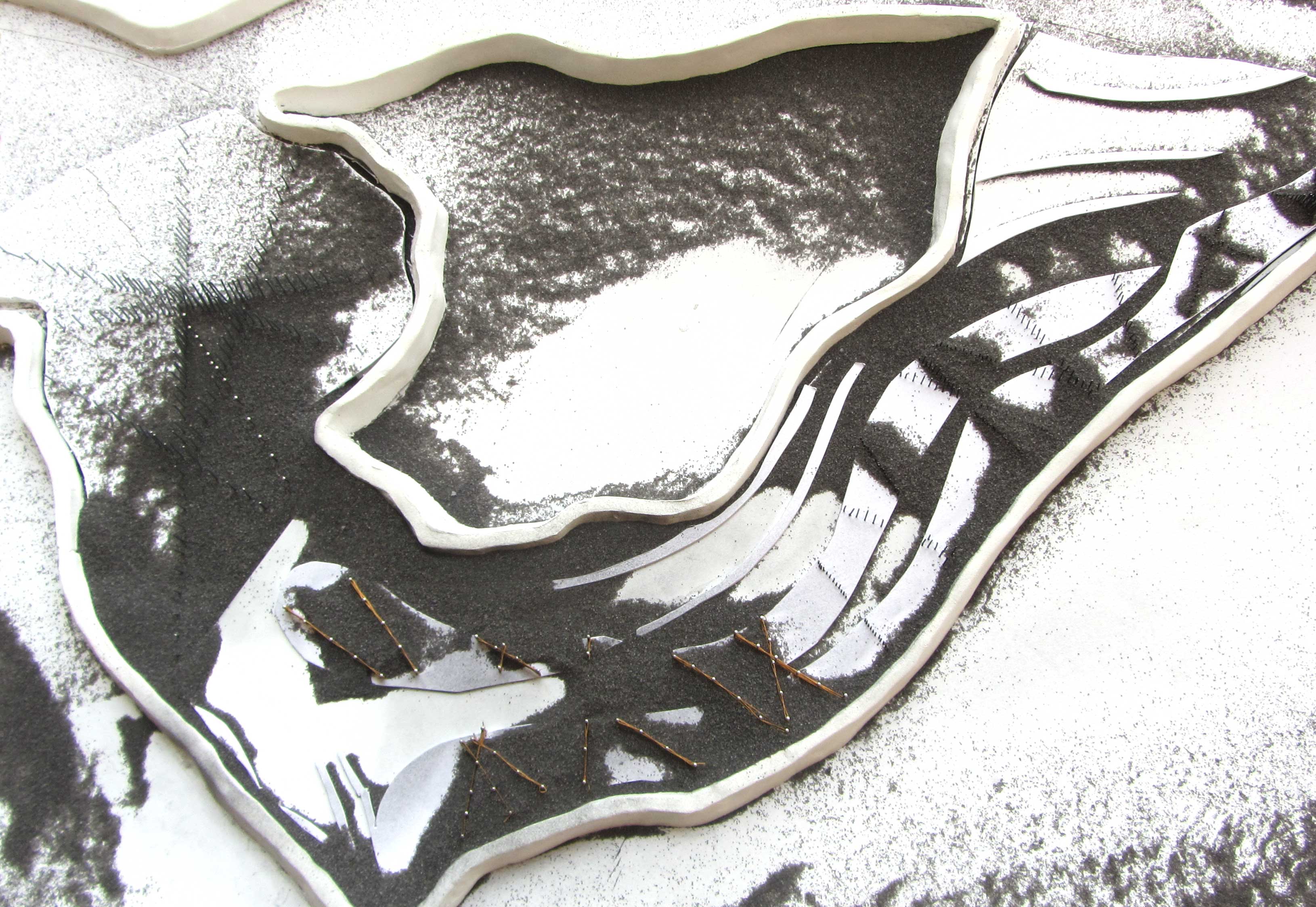
Flow experiment: obstacles versus wind direction and sedation
Young drifting dunes are created under a couple of specific circumstances, in different steps.
- At river banks sand is depositioned during floods. When a longer periods of dry weather and low tide follows, grains of sand will be taken by the wind.
- The development and shape of dune formation is affected by the prevailing wind direction.
- Drifting sand is collected behind small obstacles like patches of grass.
- When there is an abundant amount of sand and enough space for deposition, young dunes will start taking ‘walking’.

Flow experiment: obstacles versus meandering and direction of currents
Meandering streams are created under a couple of specific circumstances, in different steps.
- Necessary space for meander development consists out of 7 times the with of a river bed.
- Altering position of water inflow determines consistency in meandering.
- Erosion takes place in outer river bend, sedimentation takes place in inner river bend.
- Obstacles and hight differences in river bed determine water flow and sand bank formation.
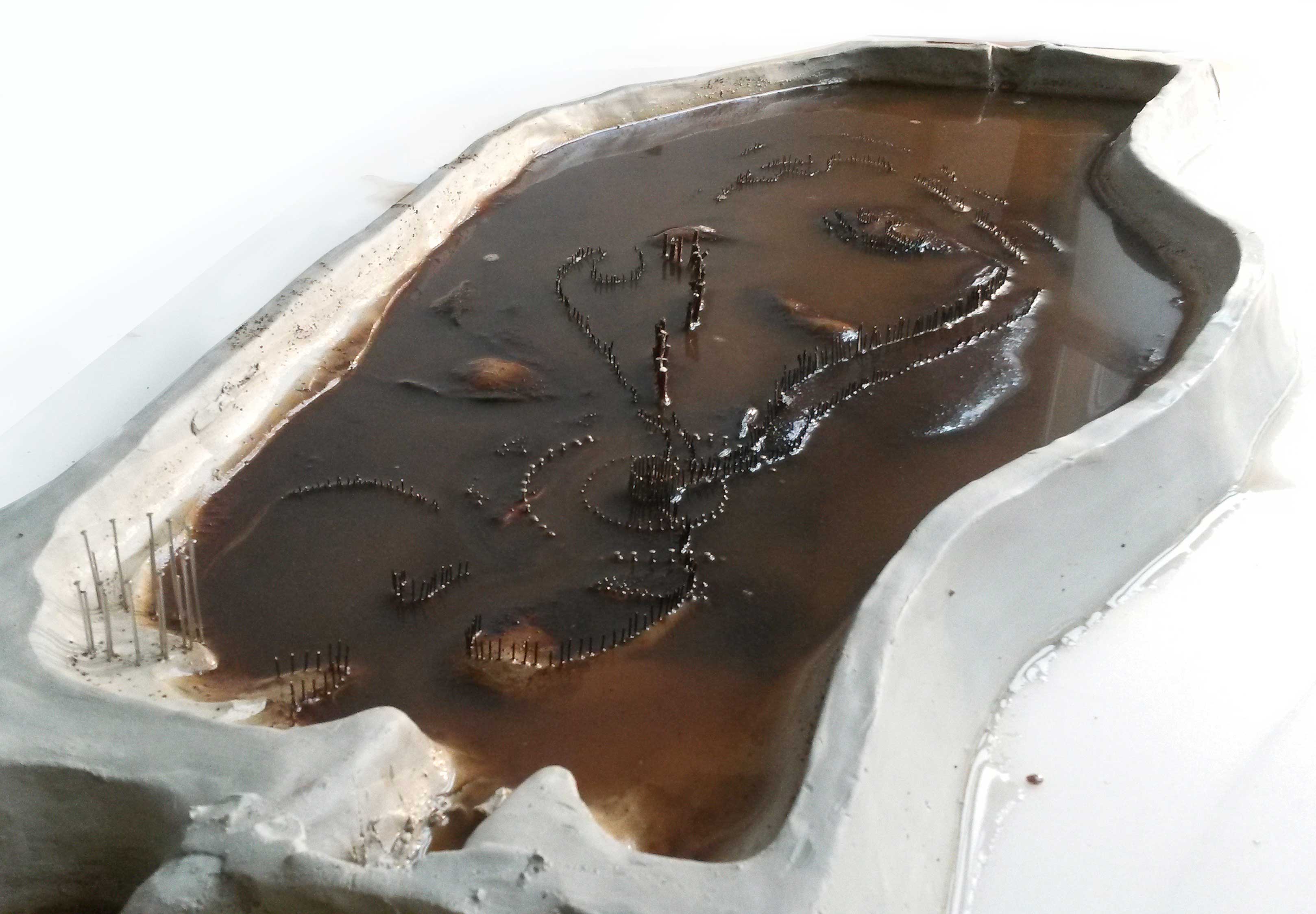
Flow experiment: obstacles versus channels, plates and sedimentation
Tidal banks of high ecological value are created under a couple of specific circumstances, in different steps.
- The extent of connection tot the sea determents level of tidal fluctuations and deposition of sediment.
- During high velocities in deeper estuary channels, creeks are formed on flats.
- Locally increased flow rate -caused by obstruction- deepens shallow creeks.
- During low velocity sedimentation is deposited, forming sandy banks.





